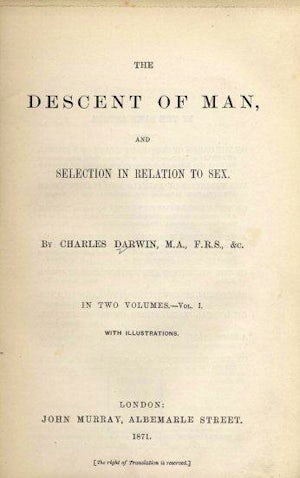1955. In 1955, the same year that the government completed and started receiving residents for the Saskatchewan Training School (STS), John Dolan created The Saskatchewan Association for Community Living (SACL). Dolan also began the call for social acceptance and de-institutionalization in Saskatchewan and Canada for people with intellectual disabilities.
Dolan had a daughter that, at the time, physicians would have deemed mentally abnormal. According to Saskatchewan policy, Dolan could either place her in a specialty class apart from other kids her age, or send her to an institution, like STS, to receive care. As it was, neither of these options was suitable for the father. Instead, Dolan believed his daughter had just as much of a right to a normal education as any other child her age.
Not content to sit back and hope provincial policy will eventually change to his and his daughter’s favour, he placed an advertisement in the local Saskatoon paper asking other parents who believed in the educational rights of their own children whom doctors had deemed intellectual disabled to join him in fighting for their rights. This created the SACL.
The movement went beyond just fighting for the educational rights; the SACL fought for a broad community acceptance of the children and began calls for de-institutionalization in Canada. Today the movement works toward social acceptance, full citizenship, and community membership of all people regardless of age, religion, opinions, or abilities.
-Blaine Wickham
Saskatchewan Association for Community Living. (2014). Who We Are. Saskatchewan Association for Community Living. (Website). Retrieved from http://www.sacl.org/sacl-who-we-are/.
Saskatchewan Association for Community Living. (2014). Vision, Mission, and Values. Saskatchewan Association for Community Living. (Website). Retrieved from http://www.sacl.org/who-we-are/vision-mission-and-values/.
 1869:
Galton publishes Hereditary Genius
1869:
Galton publishes Hereditary Genius
 1871:
Charles Darwin publishes The Descent of Man
1871:
Charles Darwin publishes The Descent of Man